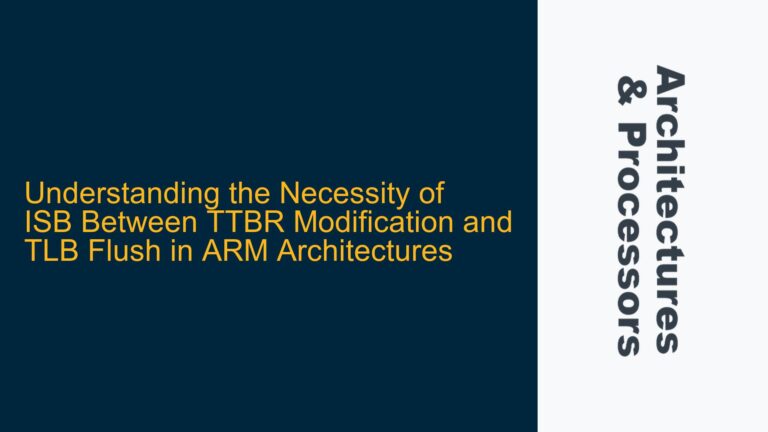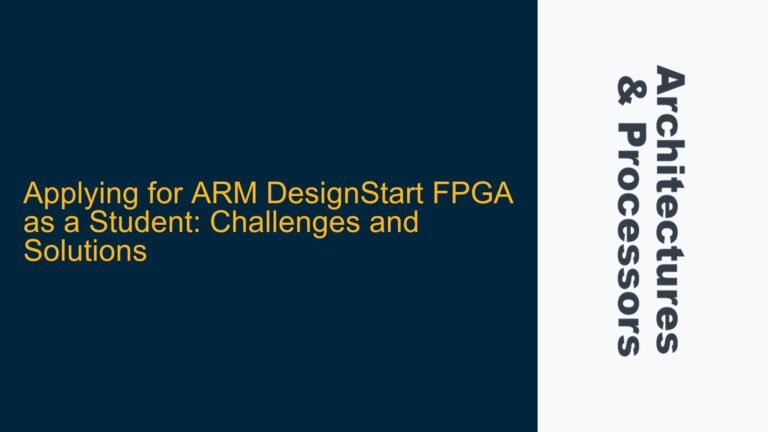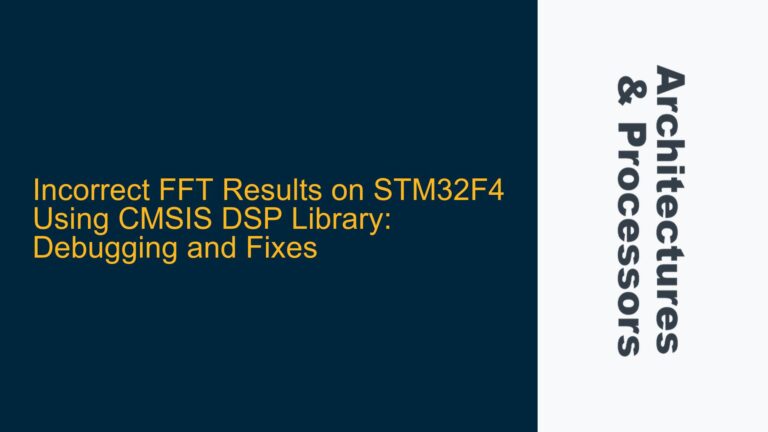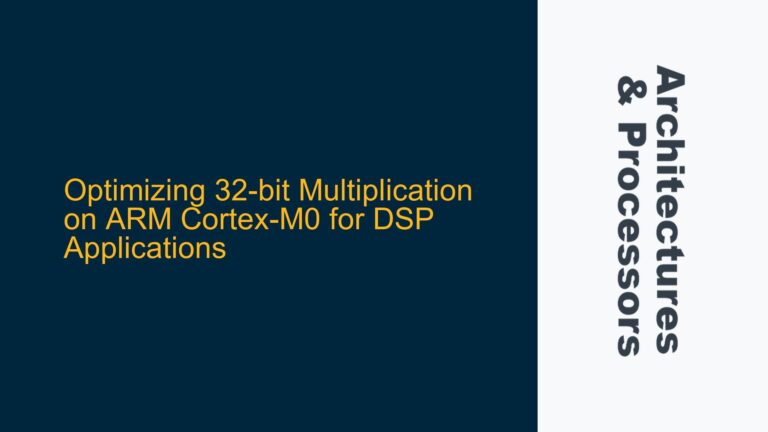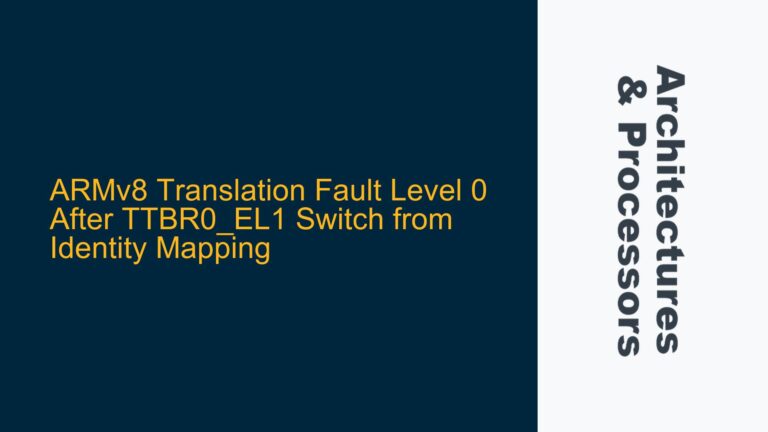ARM Cortex-A Series and the Absence of Nested Virtualization (FEAT_NV, FEAT_NV2)
Nested Virtualization, a feature that allows a hypervisor to run within another hypervisor, has been a topic of significant interest in the ARM ecosystem. The ARM architecture has introduced features like FEAT_NV and FEAT_NV2 to support nested virtualization, but as of the latest CPU models, including the Cortex-A710 and Cortex-A715, these features remain unsupported. This absence is particularly notable given the increasing demand for virtualization in cloud computing, embedded systems, and other high-performance applications.
The ARM architecture has made significant strides in virtualization support with the introduction of the Virtualization Extensions (ARMv7-A and ARMv8-A). These extensions provide the necessary hardware support for running hypervisors, enabling features like virtual memory management, interrupt virtualization, and device emulation. However, nested virtualization introduces additional complexity, requiring the hardware to manage multiple levels of virtualization efficiently. This complexity is likely one of the reasons why ARM has been cautious in implementing nested virtualization support in its CPUs.
The lack of nested virtualization support in current ARM CPUs can be attributed to several factors. First, the ARM architecture has traditionally been optimized for power efficiency and performance in mobile and embedded systems, where nested virtualization is less commonly required. Second, the implementation of nested virtualization requires significant changes to the CPU’s microarchitecture, including the addition of new registers, exception handling mechanisms, and memory management units (MMUs). These changes can increase the complexity and cost of the CPU, which may not be justified by the relatively niche use cases for nested virtualization.
Despite these challenges, there is a growing demand for nested virtualization in certain applications, particularly in cloud computing and server environments. In these environments, nested virtualization can enable more flexible and efficient resource allocation, allowing multiple virtual machines (VMs) to run on a single physical server. This capability is particularly important in multi-tenant environments, where different customers may require their own isolated virtual environments.
Given the potential benefits of nested virtualization, it is likely that ARM will eventually introduce CPUs with support for FEAT_NV and FEAT_NV2. However, the timeline for such a release remains uncertain. ARM has not publicly announced any specific plans for nested virtualization support in its future CPU designs, and it is unclear when or if such support will be added.
Challenges in Implementing Nested Virtualization in ARM CPUs
The implementation of nested virtualization in ARM CPUs presents several technical challenges that must be addressed to ensure efficient and reliable operation. These challenges stem from the need to manage multiple levels of virtualization, each with its own set of virtual memory mappings, exception handling mechanisms, and device emulation requirements.
One of the primary challenges in implementing nested virtualization is the management of virtual memory. In a nested virtualization environment, each level of virtualization has its own set of page tables, which map virtual addresses to physical addresses. The CPU must be able to handle multiple levels of page tables efficiently, ensuring that memory accesses are correctly translated at each level. This requires significant changes to the CPU’s memory management unit (MMU), including the addition of new registers and translation lookaside buffers (TLBs) to support multiple levels of page tables.
Another challenge is the handling of exceptions and interrupts in a nested virtualization environment. In a non-nested virtualization environment, exceptions and interrupts are handled by the hypervisor, which manages the virtual machines running on the CPU. In a nested virtualization environment, exceptions and interrupts must be handled at multiple levels, with each level of virtualization potentially requiring its own exception handling mechanism. This requires the CPU to support multiple exception vectors and interrupt controllers, each of which must be able to handle exceptions and interrupts at the appropriate level of virtualization.
Device emulation is another area where nested virtualization introduces significant complexity. In a non-nested virtualization environment, the hypervisor emulates devices for the virtual machines running on the CPU. In a nested virtualization environment, each level of virtualization may require its own device emulation, with devices being emulated at multiple levels. This requires the CPU to support multiple levels of device emulation, each of which must be able to handle device accesses at the appropriate level of virtualization.
Finally, the performance impact of nested virtualization must be carefully considered. Nested virtualization introduces additional overhead, as each level of virtualization requires additional processing to manage virtual memory, handle

